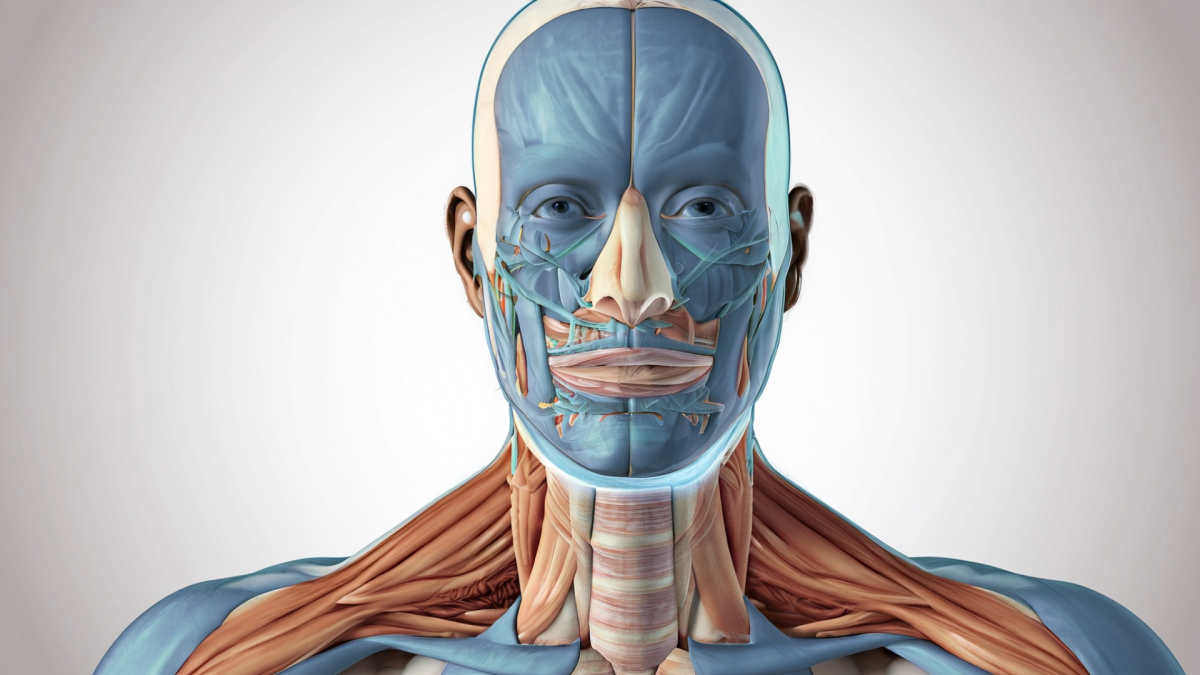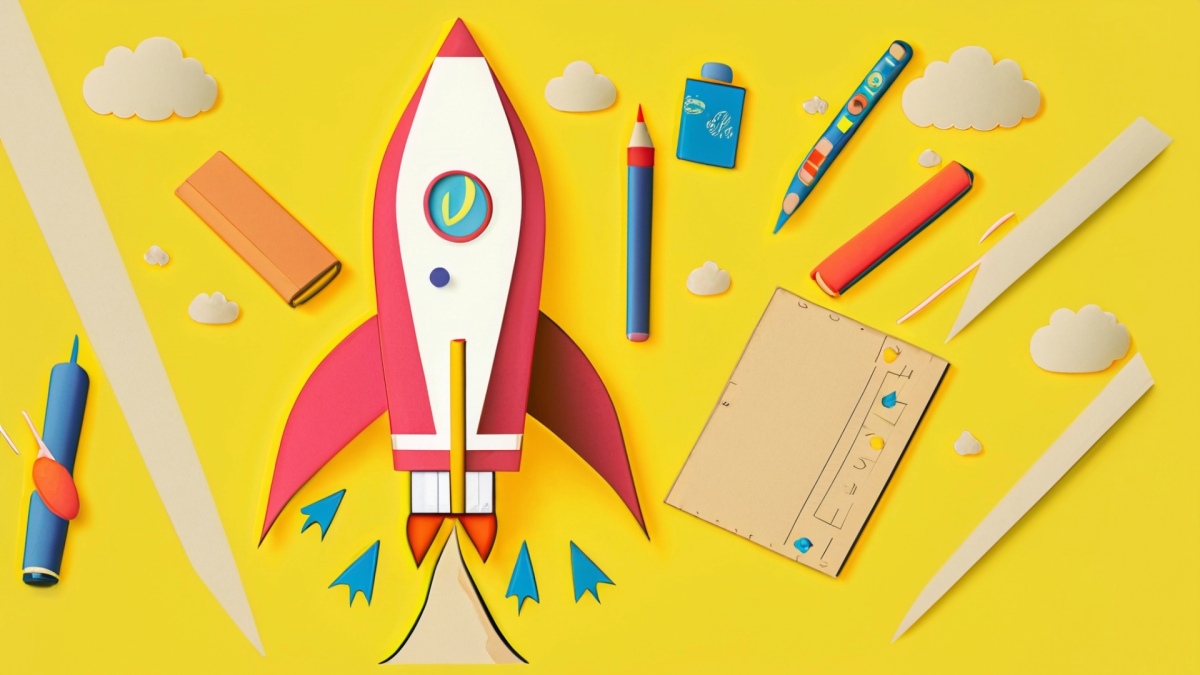Grades:
5th Grade
In this lesson, students will explore scientific principles through the literature, Hidden Figures, about four black women who defied the limitations of segregation to become NASA's historic
Halt, Who Goes [in/out] There? Structure and Function of the Cell Membrane in Different Environments
Grades:
7th Grade
The purpose of this lesson is to engage 7th-grade students in a hands-on investigation of how salt concentrations affect plant cells. By exploring the process of osmosis, students will gain a deeper
Grades:
6th Grade, 7th Grade, 8th Grade
Students will begin by brainstorm and designing a cardboard shell for a remote control car. They will practice iterating on their designs, troubleshooting the process, measuring the cardboard and
Grades:
4th Grade, 5th Grade, 6th Grade
This activity is designed to give students an introductory lesson into measurement. Students will pick out a LEGO creature, measure the creature, then use 3D design software like TinkerCAD to design
Grades:
Kindergarten, 1st Grade, 2nd Grade, 3rd Grade, 4th Grade, 5th Grade, 6th Grade, 7th Grade, 8th Grade
Most students are likely familiar with popular films like Happy Feet, Surf’s Up, Penguins of Madagascar, and classic books like Mr. Popper's Penguins. Capitalizing on this familiarity with penguins
Grades:
7th Grade
Learning the difference between the two cells while learning the function and structure of both cells and creating an analogy and drawing on canva to help students remember.
Grades:
7th Grade
Students will learn the parts of a microscope, the importance of them and how to use them to view specimens.
Grades:
3rd Grade, 4th Grade, 5th Grade
Learn about forces and motion while reading the book Sheep in a Jeep and doing activities to determine the average distances of objects in motion.
Grades:
7th Grade, 8th Grade
In this lesson students will work in teams to research the different parts of a drone obstacle course with the intention to build and race it themselves.
Grades:
6th Grade, 7th Grade, 8th Grade
In this lesson students will broaden their understanding of their drone controls learning the proper terminology and practice using that vocabulary flying mini obstacle courses as a Pilot/Co-Pilot duo
Grades:
7th Grade, 8th Grade, 9th Grade, 10th Grade, 11th Grade, 12th Grade
Dive into the physics and engineering and programming of holonomic drives! Learn to code and control movement for your FTC robot with hands-on activities and real-world applications.
Grades:
4th Grade, 5th Grade
Blending Social Studies and Science with a focus on STEM principles. This lesson is one in a series of lessons examining Benjamin Franklin's contribution to science. Students learn about his
Grades:
7th Grade
Human cells function best within a specific temperature range. Recent scientific data has shown that extreme high temperatures can have detrimental effects on our cells. In fact, repeated exposure to
Grades:
5th Grade
Students observe the phenomena of a raisin (a.k.a. sewer slug) moving up and down in a carbonated beverage. By having students collect data and calculate averages, math is brought into this long-time
Grades:
5th Grade, 6th Grade, 7th Grade
Students will use the principles invented by Bernoulli and Archimedes to learn about hot air balloons. Then students will create one out of tissue paper and test it!
Grades:
4th Grade, 5th Grade, 6th Grade
Students will explore how fashion and design inspire present-day life and influence messaging and culture. They will create a 2D design of a shoe and then a 3D rendering of a sneaker using CAD
Grades:
7th Grade
Why do different parts of the Phoenix Metropolitan areas have a big difference in rainfall during monsoon days? Discover how the rain shadows of the White Tank Mountains and the McDowell Mountain
Grades:
5th Grade
Students will explore the history and processes of using natural dyes, focusing on Sonoran desert flora. They will use examples from colonial times from colonists as well. They will investigate how
Grades:
6th Grade, 7th Grade, 8th Grade
This STEM lesson focuses on science and math. It was written for 6th through 8th grade, but it can be adjusted to fit other grades. It was made for a whole group start, then move into groups of 3-4
Grades:
6th Grade, 7th Grade, 8th Grade
Students learn about leg prosthetics, design a blueprint and engineer a working prosthetic leg.
Grades:
7th Grade, 8th Grade, 9th Grade, 10th Grade, 11th Grade, 12th Grade
This is the fourth lesson in a series of four designed to guide students through the process of designing, implementing, and documenting their own independent STEM research projects. This lesson
Grades:
3rd Grade, 4th Grade, 5th Grade
Students will modify previous versions of their Edison robots to move objects on the Mars map. Students will investigate the idea of a biosphere and use their robots to move supplies to the biosphere
Grades:
3rd Grade, 4th Grade, 5th Grade
Students will practice coding using Ed Blocks. They will use a given map as a target for their robot navigation with precision. The emphasis on this lesson is on making modifications and adjustments
Grades:
7th Grade
This project transforms students into solar power investigators! They'll construct miniature solar power plants (model houses) and test methods to combat dust, a real-world challenge for solar panels
Featured Lesson Plans
Check out these notable lesson plans.

Grades:
7th Grade, 8th Grade, 9th Grade, 10th Grade, 11th Grade
This outstanding multi-day lesson covers the anatomical design of the respiratory system. Students will work on a basic model project to simulate breathing action and the diaphragm. They will also

Grades:
4th Grade, 5th Grade
This is a fun and engaging lesson where students work individually, or with a partner, to build a treehouse. Creativity and collaboration among students in my 4th grade STEAM Club were evident in the

Featured
Up, Up and Away! Creating a Glider
Grades:
4th Grade
Students will learn the principles of flight while also incorporating the Engineer Design Process as they construct gliders using pressed Styrofoam. In this hands-on lesson, students read a book about
